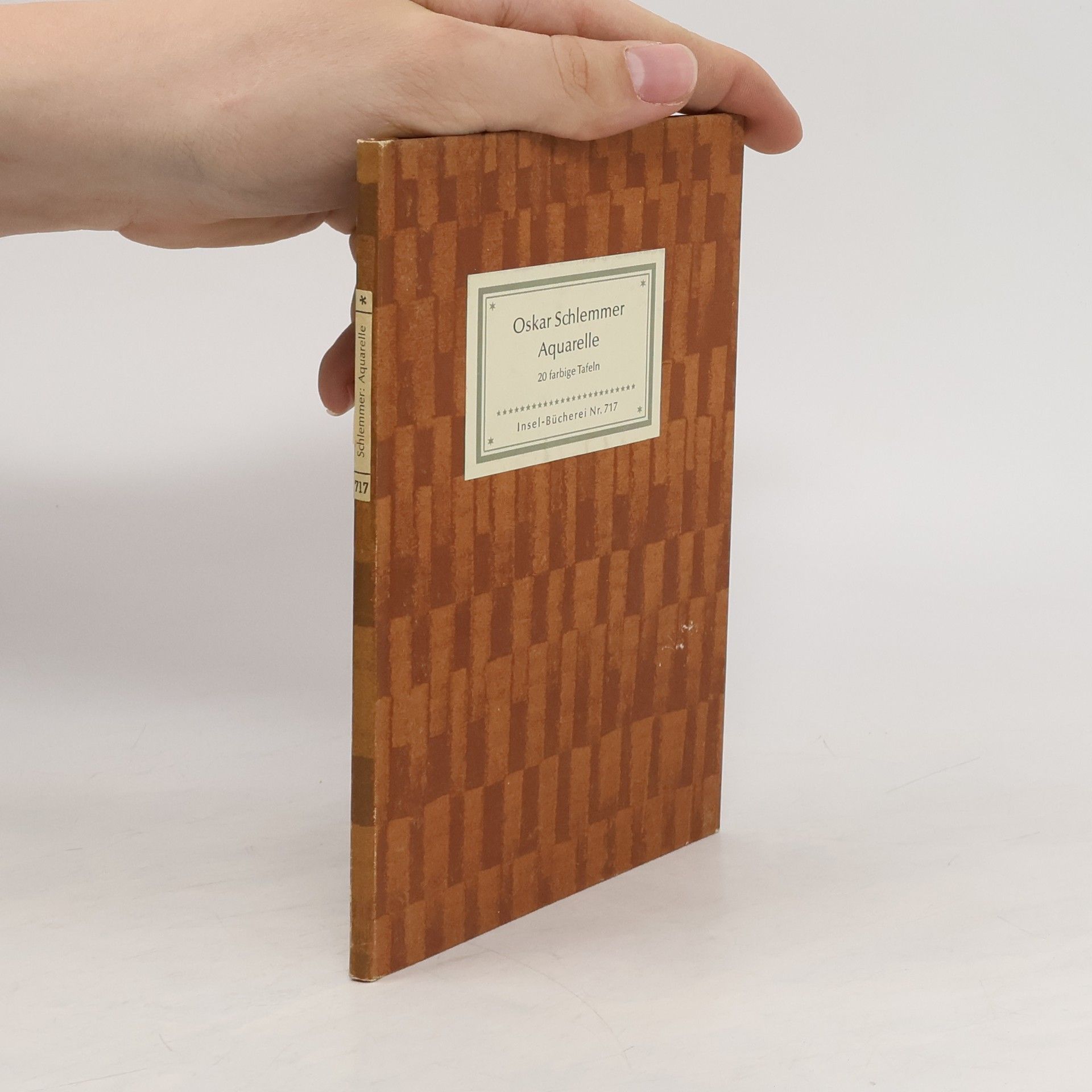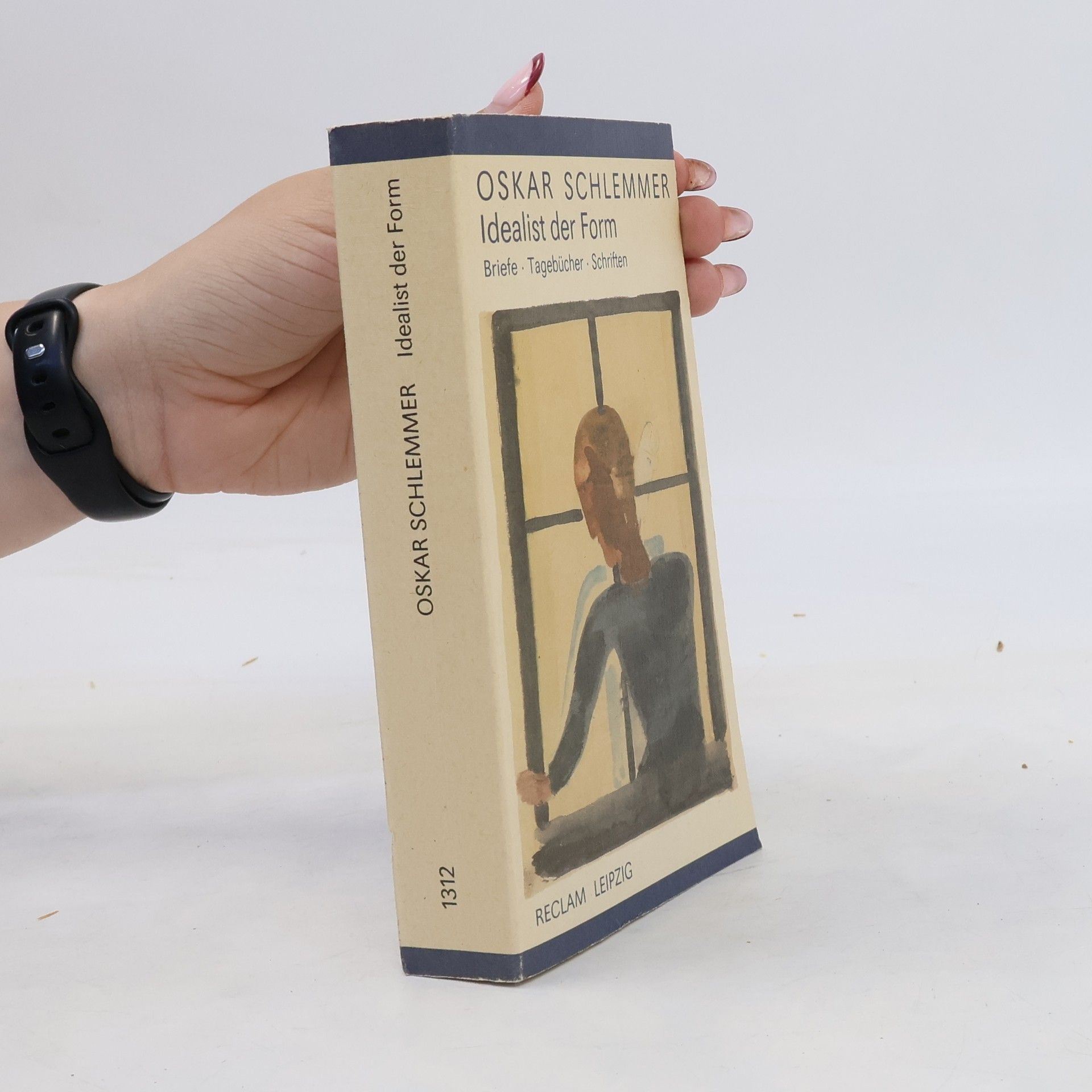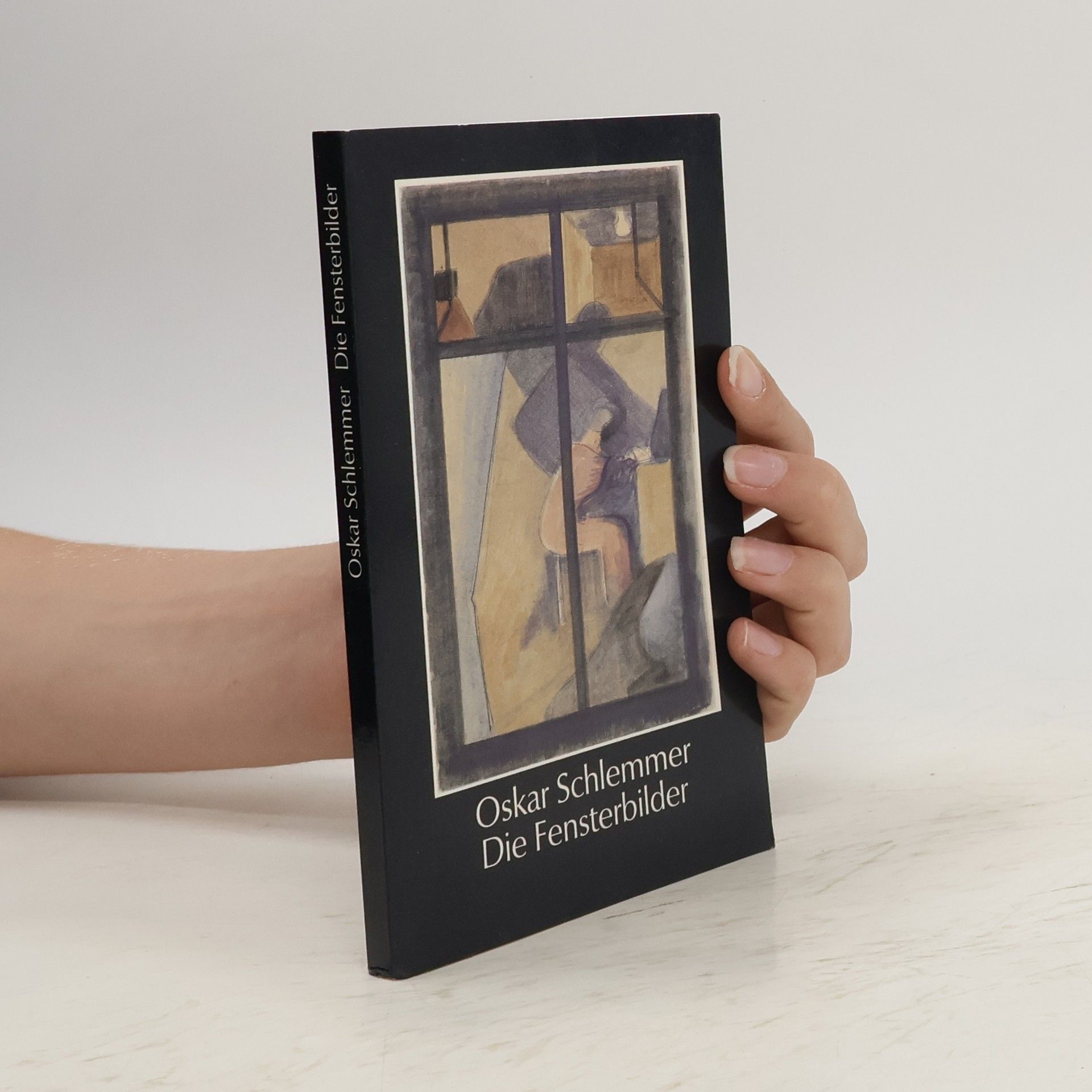Oskar Schlemmer Libri
Oskar Schlemmer fu un artista tedesco celebre per il suo lavoro presso il laboratorio teatrale del Bauhaus. La sua creazione più acclamata è il Balletto Triadico, in cui interpreti in costume venivano trasformati in rappresentazioni geometriche della forma umana. Attraverso i suoi diari e la corrispondenza privata, Schlemmer offre preziose intuizioni sulle esperienze dinamiche e l'evoluzione all'interno della scuola Bauhaus.






The Bauhaus movement was one of the twentieth century's most daring experiments in arts education, and its influence on architecture, design, and the visual arts is well known. Many of its most important ideas are revealed in Bauhaus writings about theatrical performance and performance spaces. The Theater of the Bauhaus, originally published in Germany in 1924, describes a theater stripped of history, moralism, scenery, even narrative itself. The Bauhaus group believed traditional theater to be little more than a vehicle for propaganda and rejected as well the theater of ridicule and satire practiced by the Dadaists and Expressionists. In place of both conventional and avant-garde drama, Oskar Schlemmer and his Bauhaus associates created an abstract theater of movement, color, light, form, and sound - language would be added later, once the stage had been purged of its "literary encumbrance." They believed that humanity's essential nature - freed from history, tradition, class and nationality - would find expression in theatrical works that incorporated pantomime, masks, dance, and acrobatics
The Theater of the Bauhaus
Bauhausbücher 4
Now reissued in Lars Müller’s Bauhausbücher facsimile series, The Theater of the Bauhaus is one of the great documents of modernist multimedia art The Bauhaus revolution left no discipline untouched, and the new conceptions of theater and stage design developed by Oskar Schlemmer, László Moholy-Nagy and their students were especially transformative, unprecedented and influential. Published as the fourth Bauhaus publication in 1925, The Theater of the Bauhaus was the ultimate statement on Bauhaus theater. Addressing everything from stage design to costume, spatial dynamics and choreography to the human body, and abundantly illustrated with documentation of performances and diagrams, the book presents an energetic vision of a total art.Bauhaus theater was essentially shaped by Schlemmer, who had taken over the stage department in 1923. Moholy-Nagy, who was appointed to the Bauhaus the same year, took an interest in abstract kinetic and light phenomena, which he examines in his essay "Theatre, Circus, Variété." Farkas Molnár focused on stage architecture, which he discusses in detail here.
Otto Meyer-Amden Begegnungen
mit Oskar Schlemmer, Willi Baumeister, Hermann Huber und anderen Künstlern
- 208pagine
- 8 ore di lettura
Oskar Schlemmer, Aquarelle
- 194pagine
- 7 ore di lettura


